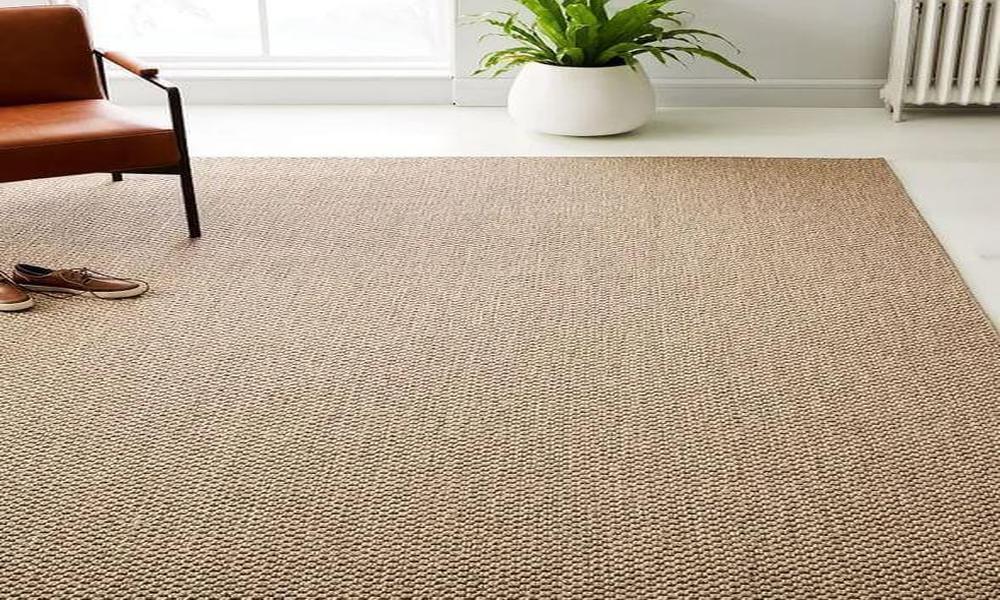
Introduction
According to Mark Roemer Oakland, it can be difficult to choose a water purification system for your home since there are so many options available in the market nowadays. However, the quality of water is a major concern in many parts of the world, and it is crucial to choose a water purifications system that is suitable for your home and would offer you the most benefits.
Tips & Tricks
Here are a few tips you can follow to choose the correct water purification system for your home:
- Consider the purification technology – Modern water purifiers boast a variety of purification technology, and each has its respective advantages. The most popular water purification technology includes RO (reverse osmosis), UF (ultrafiltration), UV (ultraviolet filtration), and even a combination of the three purification technologies.
The cost of the water purification system will depend on the purification technology it includes but an expensive purification technology is not always the correct choice for your home. For instance, RO is only recommended if the Total Dissolved Solids (TDS) levels are higher than 500 ppm since RO purification technology tends to waste a lot of water (up to 80%).
- Consider the water quality of your source – It’s crucial to check the water quality from the source such as tap water to determine what type of water purification system you require for your home. Generally, you should check for salinity, hardness, and TDS levels. TDS include bicarbonates, calcium, potassium, magnesium, sulfates, sodium, chlorates, and more.
Water is still consumable with TDS levels of up to 500 ppm however it becomes unhealthy and hazardous when the TDS levels reach upwards of 1000 ppm. Typically, groundwater TDS levels range from 200-500 ppm. Municipality water has an average TDS level of 200 ppm. Borewell water TDS levels can be much more than 500 ppm.
Apart from TDS, it’s crucial to check for microbiological contaminants such as bacteria, protozoa, viruses, cysts, and other harmful contaminants such as lead, microplastics, nitrates, iron, pharmaceutical compounds, etc.
Typically, it is recommended that you choose UV technology if the TDS levels are less than 200 ppm and use RO when TDS levels are higher than 500 ppm. A combination of RO+UV technology is suitable for TDS levels between 200-500 ppm.
- Check the storage capacity – It is necessary to calculate the daily water consumption of all the members of your family before choosing a water purification system for your home. Typically, a water storage capacity of 5-8 liters is recommended for a family of 2-4 members. For a family that consists of 4-6 members, the recommended water storage capacity is about 8-10 liters. And, for families that consist of more than 6 members, a water storage capacity of more than 10 liters is recommended.
Conclusion
Mark Roemer Oakland suggests you choose a water purification system that comes with additional features such as auto-shut-off features and filter expiry alarm systems. It is also important to choose a brand that offers hassle-free customer service and has a huge service network.




